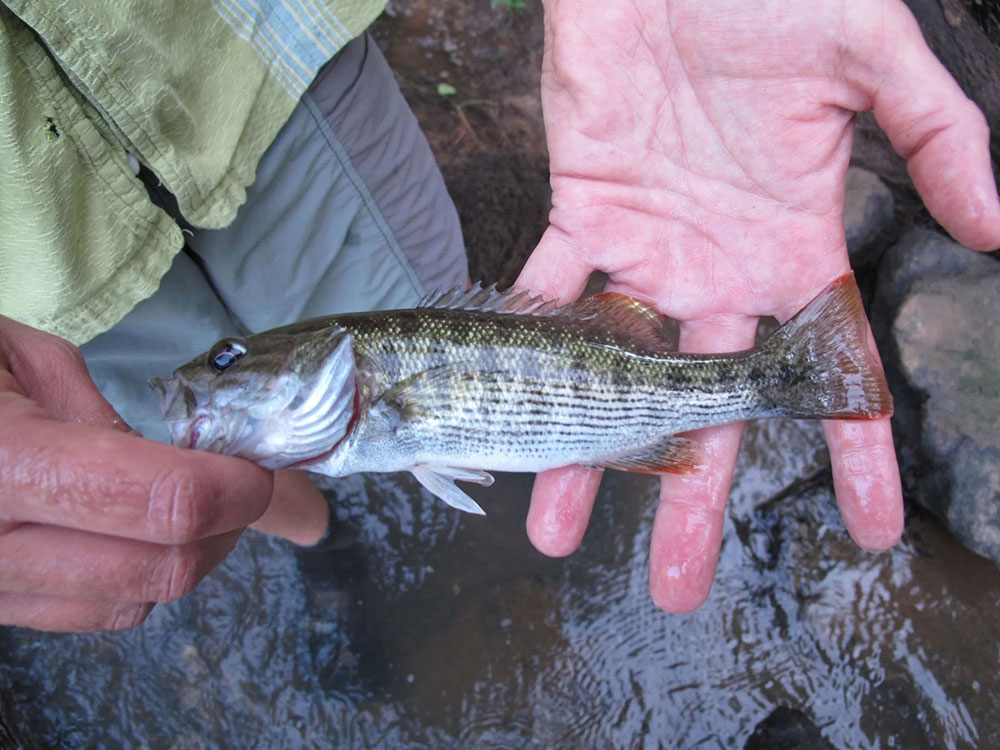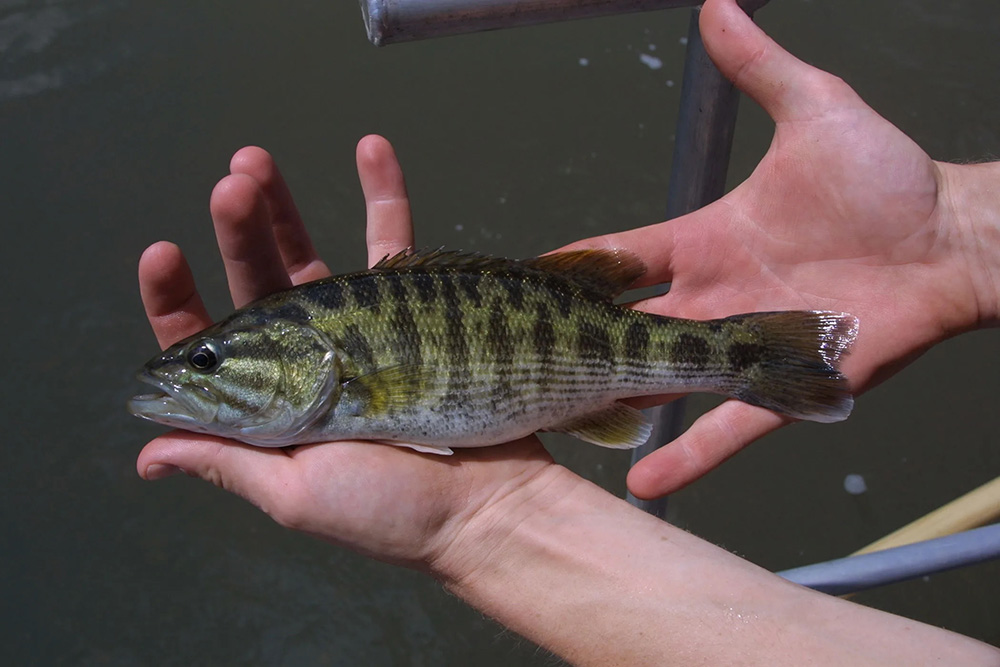A team of ecologists from the University of Georgia has made a significant discovery, identifying two new species of black bass: Bartram’s bass and Altamaha bass. This breakthrough is detailed in a new paper, expanding the understanding of these riverine fish.
Though these species are newly described, they have been known to local ecologists for years. Bud Freeman, the lead author of the study and a senior public service associate emeritus at the UGA Odum School of Ecology, first encountered what is now known as Micropterus pucpuggy, or Bartram’s bass, in the 1980s. Remarkably, a couple he met showed him the distinct fish in their cooler, but they declined his offer to buy it, opting instead to take the bass home for dinner.
Freeman’s interest was piqued by the fish’s unique characteristics, prompting years of research. The study involved collecting samples from 14 locations in the Savannah and Saluda River basins for Bartram’s bass and 14 locations in the Altamaha and Ogeechee River basins for Altamaha bass.
The two new species, previously thought to be the same as the redeye bass, display notable physical and genetic differences. Bartram’s bass are light gold with dark brown blotches, a rosy-pink fin, and striking red eyes. Altamaha bass, known scientifically as Micropterus calliurus, feature light gold scales with olive margins and orange-edged fins.
But the discovery goes beyond physical traits. The research team used advanced genetic analysis techniques to differentiate between pure and hybrid specimens, analyzing mitochondrial DNA and genome fragments from over 100 individual fish. This rigorous methodology helps ensure the accuracy of the species descriptions and lays a foundation for their future conservation.

The Altamaha bass. © University of Georgia
Both species inhabit river pools and runs near rocky shoals, but their habitats have been threatened by human activities, including sedimentation and dam construction. The introduction of non-native Micropterus species poses risks of hybridization, which could endanger these newly identified lineages.
Freeman emphasized the importance of recognizing these distinct species as more of their habitats are disrupted. The name Bartram’s bass pays homage to 18th-century naturalist William Bartram, who explored the region where this fish is found. Altamaha bass takes its name from the Greek words meaning “beautiful tail,” reflecting the species’ striking appearance.
The study has been published in Zootaxa, with contributions from researchers at UGA and other institutions. The project received support from a Competitive State Wildlife Grant, highlighting a collaborative effort to enhance understanding and preservation of these unique fish species.
As Bartram’s and Altamaha bass face challenges in their altered environments, this research not only documents their existence but also sets the stage for future conservation efforts to protect them from the growing threats posed by human impact.






